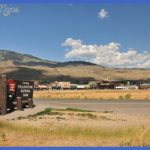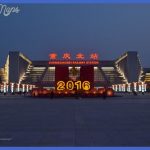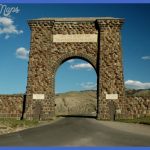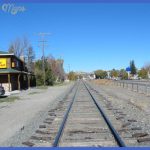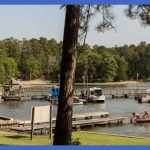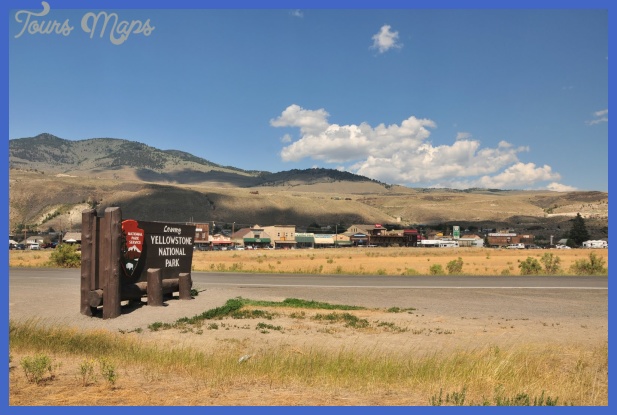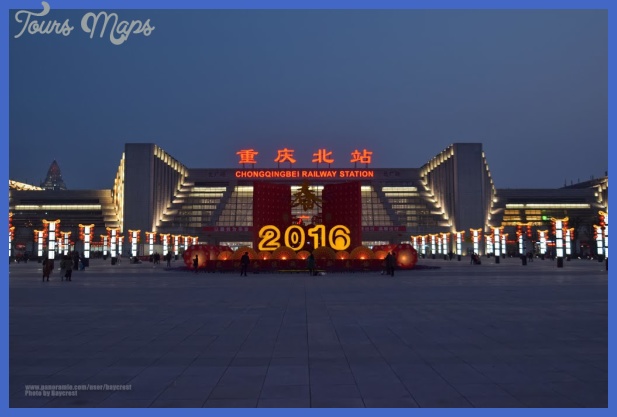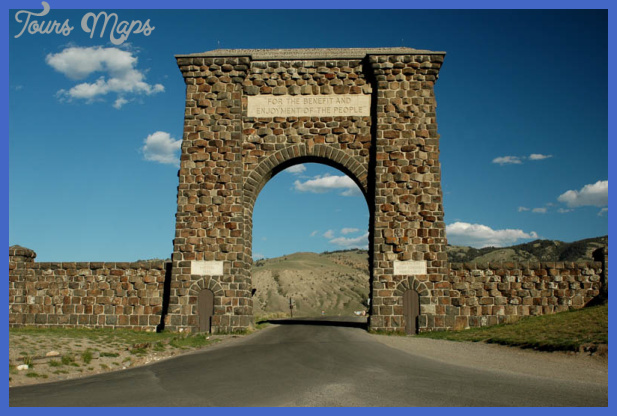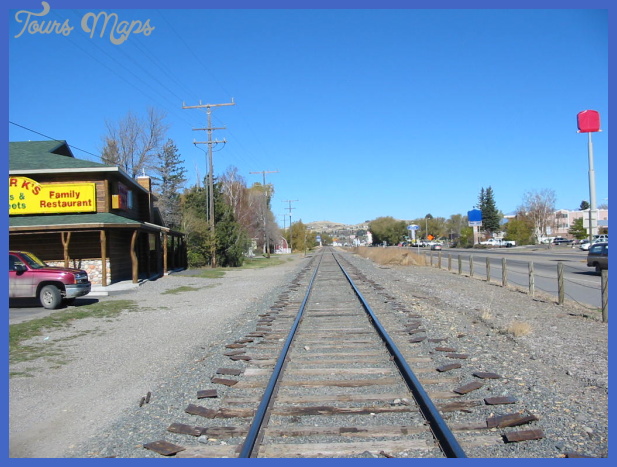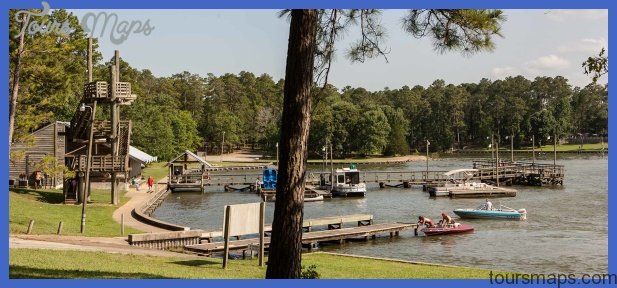William Clark, of the 1803-6 Lewis and Clark expedition, passed the Great Bend of the Yellowstone at present-day Livingston on his return from the Pacific coast, thereby totally missing present park territory. But most visitors to the area later in the 19th and in the early 20th centuries came this way, traveling upstream along the Yellowstone River. The 54 miles (87 km) from Livingston to Gardiner traverse mountain-bound Paradise Valley, with its irrigated fields, horse and cattle ranches, and ranchettes. Area residents and guests enjoy both winter and summer sports. The area abounds in both private campgrounds and public ones managed by U.S. and Montana agencies. Fishing is immensely popular in the Yellowstone River and its tributaries. Numerous hiking or horseback trails lead into the surrounding mountains and wilderness areas. The town of Livingston, probably named for railroad director Johnston Livingston, was first settled in 1882, when the tracks of the Northern Pacific Railway reached this point along the Yellowstone River. Visitors to the new national park would change trains here for Cinnabar (and later for Gardiner, even closer to the park).
Then they would connect with stagecoaches to take them through the North Entrance and on for the Grand Tour. Although passenger service has ceased, Livingston is still important as a railroad freight hub. Livingston is a tourist, ranching, and art center with numerous 19th century buildings listed on the National Register of Historic Places, including a classic railroad depot. The Park County Museum contains a wealth of memorabilia pertaining to Yellowstone Park and to the environs of Livingston. Two 1990s movies, A River Runs through It and The Horse Whisperer, were partially filmed in and around the town. Livingston is also well-known for its wind. The town’s location east of the Rocky Mountains and north of the Yellowstone Plateau assures that it gets more wind than any other Yellowstone gateway. It’s a blessing when the wind is the winter chinook from the mountains, sometimes warm and dry enough in midwinter to melt all the snow.
From Livingston to the North Entrance Photo Gallery
Maybe You Like Them Too
- The Best Cities To Visit in The World
- World’s 10 Best Places To Visit
- Coolest Countries in the World to Visit
- Travel to Santorini, Greece
- Map of Barbados – Holiday in Barbados

